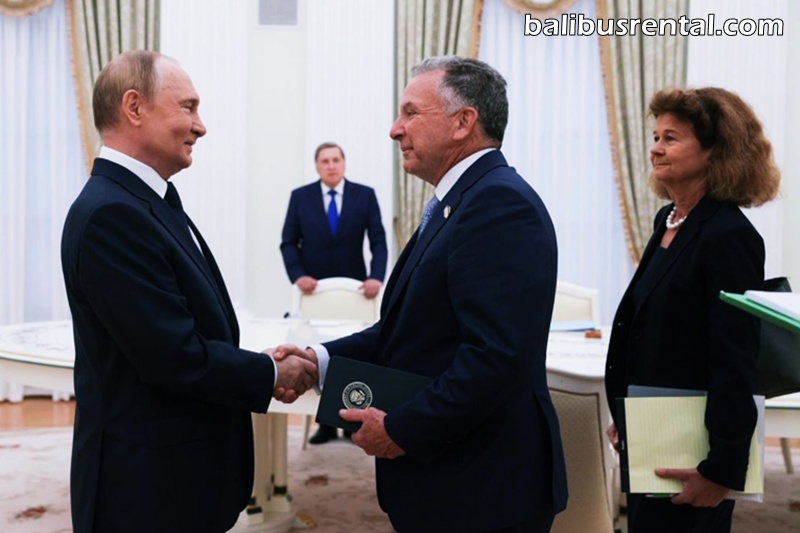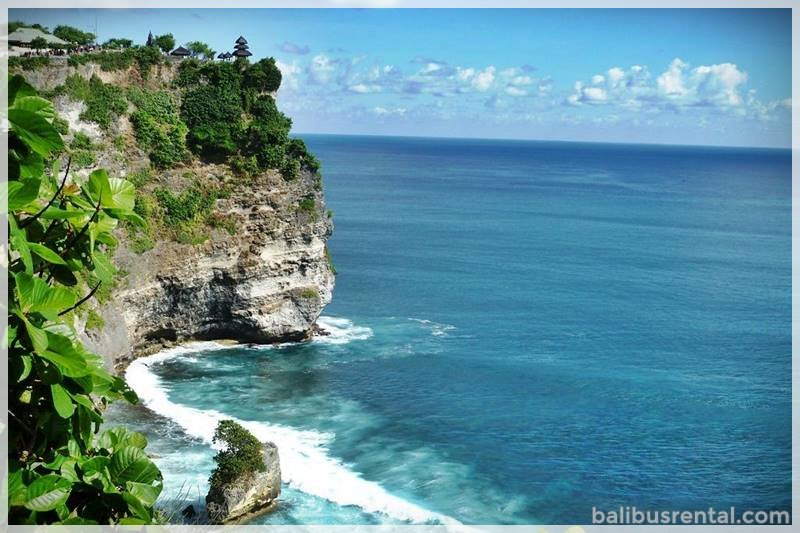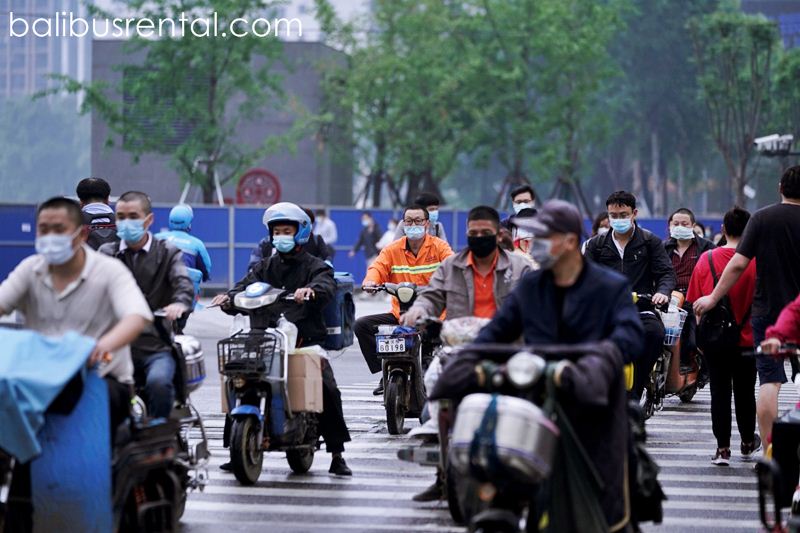Thursday | August 7th 2025
Washington, D.C. — U.S. President Donald Trump on Wednesday expressed optimism about the possibility of holding a high-stakes summit with Russian President Vladimir Putin, suggesting that such a meeting could mark the beginning of the end of the ongoing war in Ukraine.
Speaking to reporters in the Oval Office, Trump said there was a “very good prospect” for a summit with the Russian leader in the near future. “We had some very good talks with President Putin today, and there’s a very good chance that we could be ending — the ending, the road ending, the end of that road,” he said, alluding to what he described as a long and difficult conflict. “That road was long and continues to be long, but there’s a good chance that there will be a meeting very soon,” he added, without offering a firm timeline.
Trump’s remarks came just hours after a key diplomatic meeting in Moscow between President Putin and U.S. envoy Steve Witkoff. While Trump said the talks were “constructive,” he was quick to clarify that no major breakthrough had yet occurred. “I’ve been disappointed before with this one,” Trump said, referring to Putin, and declined to elaborate on whether any concrete terms for a ceasefire or settlement had been discussed.
Trump-Putin-Zelensky Trilateral Talks Proposed
Following the Moscow talks, Trump reportedly held a telephone conversation with several European leaders in which he disclosed his desire to hold a direct meeting with Putin — possibly as early as next week — and floated the idea of subsequent trilateral talks involving Ukrainian President Volodymyr Zelensky. A European diplomatic source confirmed that the proposal had been communicated during the call and noted that Trump had emphasized the urgency of pursuing diplomacy to end the fighting.
According to two senior White House officials who spoke to CNN on condition of anonymity, Putin himself proposed the idea of a meeting with Trump during his sit-down with Witkoff. The officials said that once that proposal was communicated to Washington, Trump directed his staff to begin immediate planning for the potential summit and for follow-up talks that would include Zelensky.
While presidential summits typically require weeks or even months of coordination, the officials noted that Trump was pushing for an expedited process, aiming for a meeting within the next one to two weeks. “The president is moving quickly. He wants this done fast,” one of the officials said.
As of Wednesday evening, no venue had been finalized for the potential summit. However, multiple locations in Europe and the Middle East were said to be under consideration. Some analysts have suggested that neutral sites such as Geneva, Helsinki, or Vienna could be possible candidates.
White House Statement and Putin’s Isolation
In a formal statement, White House Press Secretary Karoline Leavitt confirmed that discussions were underway and reiterated Trump’s commitment to ending the war. “The Russians expressed their desire to meet with President Trump, and the president is open to meeting with both President Putin and President Zelensky. President Trump wants this brutal war to end,” Leavitt said.
The possible summit would mark a dramatic shift in Western diplomatic engagement with Putin, who has been largely ostracized by European and American leaders since his full-scale invasion of Ukraine in February 2022. The last time Putin met a sitting U.S. president was in June 2021 during a summit in Geneva with then-President Joe Biden. Since then, diplomatic contact with Moscow has been largely limited to working-level discussions or indirect communication through intermediaries.
Since returning to the White House in January 2025, Trump has repeatedly stated his intention to engage directly with Putin and Zelensky in hopes of brokering a peace deal. While many of those statements were previously dismissed as rhetorical or lacking in substance, Wednesday’s announcement was viewed by many observers as the clearest indication yet that concrete diplomatic moves are being set in motion.
The prospect of a Trump-led mediation effort has drawn mixed reactions from global leaders. Some European officials have expressed cautious optimism, viewing any steps toward a ceasefire as positive. Others remain skeptical, citing the complexities of the conflict and Trump’s unpredictable diplomatic style.
As the world waits to see whether this proposed summit materializes, many are watching closely for any signs that the tide of war — now more than three years long — could finally begin to turn.
Trump growing impatient with Putin
Washington, D.C. — U.S. President Donald Trump is ramping up diplomatic and economic pressure on Moscow in a bid to bring an end to the war in Ukraine, following a high-level meeting between Russian President Vladimir Putin and U.S. envoy Steve Witkoff in Moscow on Wednesday. The three-hour meeting, described as “constructive and useful” by the Kremlin, marked a pivotal moment in the Trump administration’s peace push — but was also accompanied by threats of new and far-reaching sanctions should a ceasefire deal not materialize by the end of the week.
According to Russian state media, the meeting was held after Trump, frustrated by what he sees as Russian intransigence, imposed a firm deadline on Moscow to agree to a ceasefire or face secondary sanctions — including a punishing 100% tariff on countries that continue to purchase Russian oil. The move is seen as a sharp escalation in Washington’s efforts to squeeze Russia’s war financing capabilities and isolate the Kremlin economically.
Following the meeting, Trump took to social media to claim that “great progress was made,” even as he cautioned that no final agreement had yet been reached.
Sanctions Loom as Deadline Approaches
Earlier in the day, a senior White House official said the secondary sanctions were still “expected to be implemented on Friday,” barring a breakthrough. But later that evening, U.S. Secretary of State Marco Rubio told Fox Business that President Trump would make the final call on whether to impose the sanctions within the next “24 to 36 hours,” indicating that diplomatic space was still being preserved for a possible deal.
Oil and gas revenues remain a critical source of income for the Kremlin, accounting for roughly 25% of Russia’s federal budget. Analysts say that a sharp drop in international customers due to U.S.-imposed tariffs could severely weaken Moscow’s ability to continue financing its war effort.
Rubio said the Witkoff-Putin meeting provided valuable insights into Moscow’s conditions for peace. “For the first time perhaps since this administration began, we have some concrete examples of the kinds of things that Russia would ask for in order to end the war,” he said, without disclosing details.
Signals from Moscow and Kyiv
According to Russian news agency RIA Novosti, the Kremlin acknowledged that both sides had exchanged “signals” on the Ukrainian issue during the meeting. “Putin conveyed some signals to the United States on the Ukrainian issue. Corresponding signals were also received from President Trump,” the outlet reported, citing a Kremlin spokesperson. More detailed information about the meeting is expected to be made public after Witkoff delivers his report to the president.
Ukrainian President Volodymyr Zelensky, who spoke with Trump by phone shortly after the Witkoff-Putin talks, indicated cautious optimism that Russia may finally be shifting its position. “It seems that Russia is now more inclined toward a ceasefire,” Zelensky said in his nightly address to the Ukrainian people. “The pressure on Russia is working. But the main thing is that they do not deceive us in the details. Neither us, nor the United States.”
Growing Tensions with India Over Oil Trade
In a sign that Trump’s crackdown on Russian oil buyers is already in motion, the White House on Wednesday posted a document announcing a new 25% tariff on Indian imports. The tariff, aimed at punishing India for continuing to purchase Russian crude, is a bold step that underscores Trump’s willingness to leverage economic power to achieve foreign policy goals.
“India is not only buying massive amounts of Russian oil,” Trump wrote on social media, “they are then, for much of the oil purchased, selling it on the open market for big profits. They don’t care how many people in Ukraine are being killed by the Russian War Machine.”
The move could strain relations between Washington and New Delhi, a key partner in the Indo-Pacific region, but administration officials say the message is clear: countries that help fund Russia’s war machine will face serious consequences.
A Flashpoint in Trump’s Diplomatic Gamble
The high-stakes diplomacy comes amid mounting frustration from Trump over Russia’s failure to engage seriously with previous peace overtures. Since the last Witkoff-Putin meeting in April, Russia has intensified its military campaign in Ukraine, launching waves of missile and drone attacks on urban centers — attacks that Trump has publicly condemned in strong terms.
“They’re disgusting,” Trump said of Russia’s strikes earlier this week. In private phone calls with Putin, Trump reportedly accused the Russian leader of peddling “bullsh*t,” signaling the strained and combative nature of their recent interactions.
Despite the tension, the Kremlin rolled out the red carpet for Witkoff’s latest visit. The U.S. envoy was met at the airport by Kirill Dmitriev, Russia’s investment envoy, and later shown on Kremlin video shaking hands with Putin ahead of their meeting.
With pressure mounting on all sides — and a narrow diplomatic window opening — the world is now watching closely to see whether Trump’s unconventional blend of personal diplomacy and economic coercion can bring an end to one of Europe’s bloodiest conflicts in decades.
‘Cruelty aimed at instilling fear’
Kyiv / Washington / Moscow — While diplomatic efforts to end the war in Ukraine advanced in Moscow this week, Russia simultaneously unleashed a wave of deadly attacks across Ukraine, dealing a harsh reminder of the human cost of the conflict that has now raged for over three years.
In the 24 hours leading up to Wednesday morning, at least six civilians were killed in Russian strikes across the country, including a particularly horrific bombing of a recreation center in the southeastern city of Zaporizhzhia, which left two dead and at least 12 injured — among them four children.
Ukrainian President Volodymyr Zelensky condemned the attack in stark terms, calling it a brutal, senseless act. “This attack had zero military sense,” he said. “It was just cruelty aimed at instilling fear.”
Targeting Energy Ahead of Winter
In another development underscoring the strategic nature of Moscow’s assault, Russia targeted key energy infrastructure overnight, striking a gas compressor station in Novosilske, near Ukraine’s southern border with Romania. The facility, crucial for transmitting energy imports from the United States and Azerbaijan, was hit by a barrage of strike drones, according to Ukraine’s Ministry of Energy.
The attack disrupted gas supplies to hundreds of families, Zelensky said, accusing Moscow of deliberately trying to sabotage Ukraine’s preparations for the upcoming winter. “This was a deliberate blow to our preparations for the heating season – absolutely cynical, like every Russian strike on our energy infrastructure,” the president said in a written statement.
Ukraine has faced repeated Russian assaults on its energy systems over the past two winters, with experts warning that attacks on fuel supply chains and power grids are part of a broader strategy to weaken civilian morale and destabilize the country internally.
U.S. and NATO Expand Military Support
Even as Ukraine reels from the latest Russian strikes, it is receiving a fresh infusion of Western military support. On Wednesday, Ukrainian officials confirmed that the U.S. State Department had approved a new $200 million deal to allow allied countries to purchase weapons and technical support for Kyiv on Ukraine’s behalf — a move aimed at streamlining defense aid and bolstering Ukraine’s long-range and heavy artillery capabilities.
The U.S. has not formally commented on the deal yet, but it comes amid growing bipartisan pressure in Washington to speed up aid amid battlefield losses and infrastructure devastation.
Meanwhile, on Tuesday, NATO allies unveiled a new $1 billion weapons package for Ukraine. The initiative, led by the Netherlands, Denmark, Norway, and Sweden, will see the purchase of U.S.-manufactured weapons for Ukrainian forces. Zelensky praised the move, saying it reflected continued unity among Ukraine’s European partners and demonstrated that “Russia’s attempt to divide and exhaust the West has failed.”
Diplomatic Moves Overshadowed by Bloodshed
The renewed Russian strikes come at a delicate moment, just as U.S. President Donald Trump intensifies efforts to secure a ceasefire through direct diplomacy with Russian President Vladimir Putin. A three-hour meeting between Putin and U.S. envoy Steve Witkoff in Moscow on Wednesday was described as “constructive” by the Kremlin and prompted Trump to claim “great progress” had been made — although no ceasefire has yet been announced.
Zelensky, who spoke with Trump after the meeting, acknowledged that Moscow appeared “more inclined” to a truce but warned against trusting the Kremlin at face value. “The pressure on Russia is working,” he said, “but the main thing is that they do not deceive us in the details.”
Despite signals of a potential diplomatic breakthrough, Russia’s continued aggression on the battlefield has raised skepticism among analysts and officials in Kyiv. Many believe Putin may be using diplomacy as a stalling tactic while intensifying pressure on the ground.
The Path Ahead
As the week continues, Trump faces mounting pressure to decide whether to impose sweeping secondary sanctions on countries that buy Russian oil — a move designed to hit the Kremlin’s war chest. The White House has warned that if no ceasefire is agreed by Friday, Russia’s trade partners, including India, could face 100% tariffs.
Trump has already acted on that threat in one instance, slapping a 25% tariff on Indian goods this week in retaliation for New Delhi’s continued purchases of Russian oil. In a post on social media, he accused India of profiting from Russia’s war effort: “They don’t care how many people in Ukraine are being killed by the Russian War Machine.”
The coming days are expected to be critical. While diplomacy gains traction in capitals, Ukraine remains under siege — and hopes for peace rest on whether Russia is truly ready to lay down its arms, or simply buying time.




